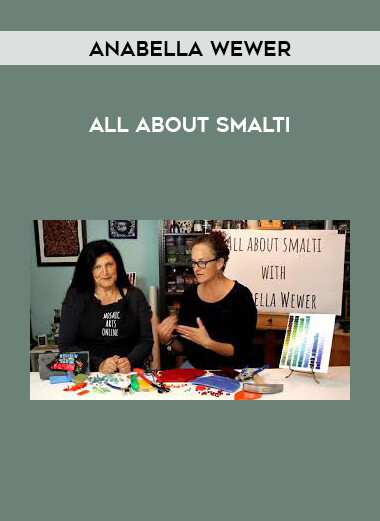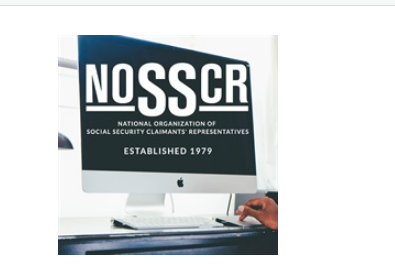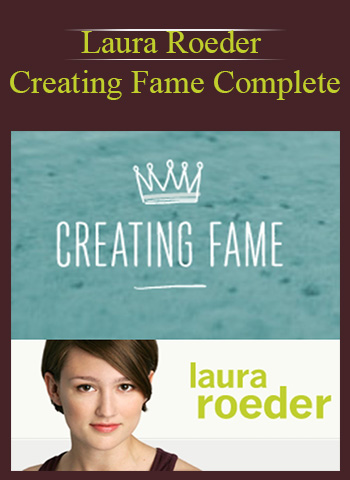
Anabella Wewer – All About Smalti
Salepage : Anabella Wewer – All About Smalti
Archive : Anabella Wewer – All About Smalti Digital Download
Delivery : Digital Download Immediately
Mosaic Arts Online created All About Smalti in response to several requests for a primer on things smalti. We invited Anabella Wewer to explain in detail how to reduce waste while using smalti and share her tips and techniques for working with it. Anabella demonstrates the process of making smalti, the distinctions between Italian, Mexican, and recycled smalti, and how those variances effect how each looks inside a mosaic. This lesson teaches you how to cut material of various sizes, from a pizza to the more widely accessible A-cuts. Though Anabella’s favored tool is the hammer and hardie, she does use nippers on occasion, mostly to cut gold smalti, and here you will learn how to cut with a variety of nippers and understand the differences and advantages of each. You will also learn how to facet smalti for a gorgeous aesthetic, which is only feasible with a hammer. Anabella then proceeds to create a little composition, demonstrating how to put smalti inside a thinset bed, the significance of working cleanly, and how to avoid mistakes while creating tesserae. She spends some time explaining sdoppiamento (how to divide a line) and how to apply it when introducing multiple colors inside a line because andamento is her mosaic language. As an extra bonus, we’ve included a segment from Anabella’s Color Theory in Mosaics course that discusses color gradations in smalti and how sample boards from vendors may aid in understanding how to build effective ones. This wealth of knowledge is yours to view as many times as you want in perpetuity, with limitless log-in access to the platform and the chance to ask questions that will be answered on the page that corresponds to each section.
Your Professor
Wewer, Anabella
Anabella, a graphic designer by trade and a native of Caracas, Venezuela, is an internationally exhibited mosaic artist and ardent metalsmith. Since 1994, she has been co-founder and Creative Director of Black Box, a firm specialized in Web-based applications. She began attending mosaic workshops in the United States after discovering mosaics as fine art during a trip to the Vatican in 2004, but immediately decided to learn mostly in Italy. Her work is anchored in a feeling of location and time, with a particular visual aesthetic that frequently involves type and her fascination with maps and fossils. Her interest in materials and history informs her work and pushes her to explore new terrain while adhering to time-tested conventions and ideas. Her expertise as a typographer informs her work, which focuses on using material language and technique to communicate tales. “When I put my hand to metal or stone, I want to draw the spectator into a story and ask them questions.” I’m fascinated with frozen moments in time; I want to envision what came before and what will come after. “My fundamental creative aim is to represent the impermanence of place and time, their changing and passing,” Anabella says of her jewelry and mosaic work.
Anabella studied Ravenna mosaic technique with Luciana Notturni in Ravenna, Italy; stone micro-mosaic and opus vermiculatum with Arianna Gallo and Luca Barberini of Koko Mosaico in Ravenna; filati micro-mosaics with Maestro Carlo Meloni (Rome); abstract and modern mosaics with Verdiano Marzi (Ravenna/Paris), Dugald MacInnes (Scotland) (Pennsylvania). She is fluent in Spanish and Portuguese, as well as English and Italian. She currently resides in Macungie, Pennsylvania.
Curriculum of the Course
The First Section
More from Categories : Everything Else














Reviews
There are no reviews yet.